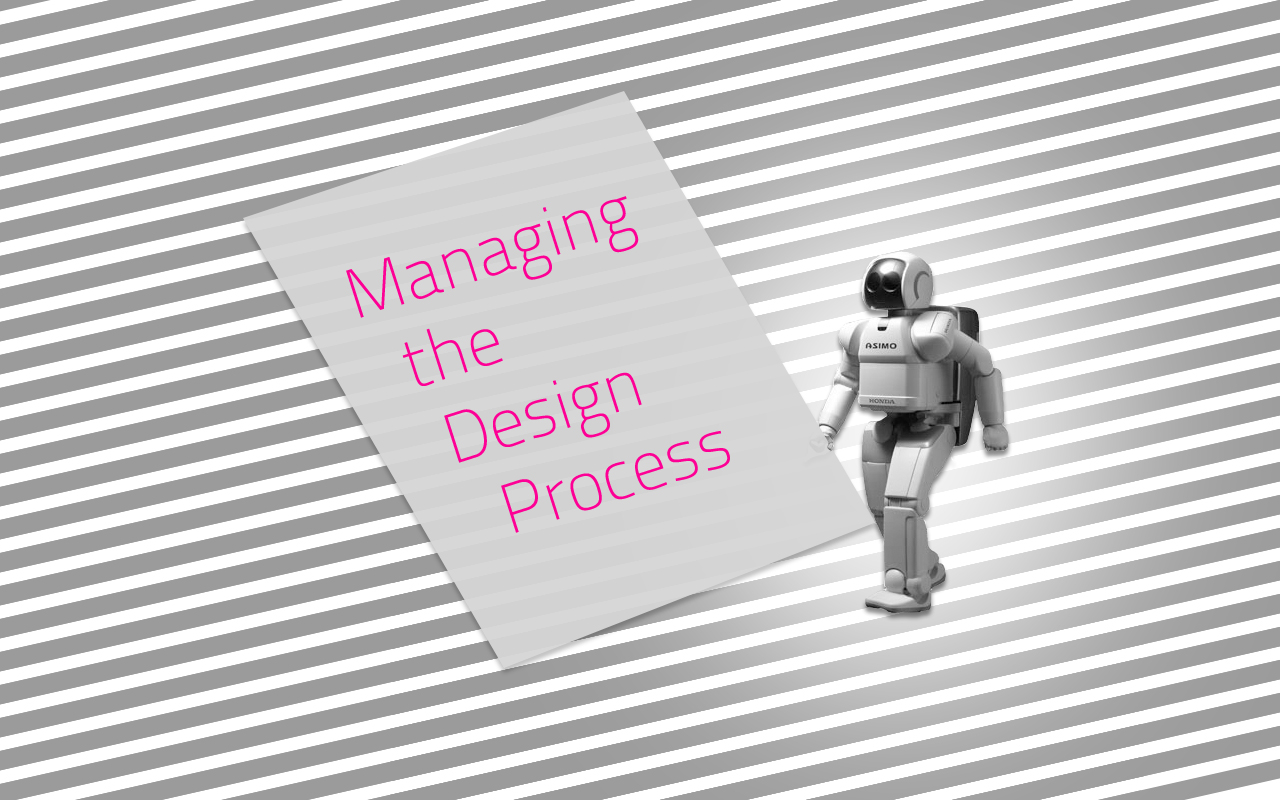
Yesterday, the Project Management team gathered in our newly renovated conference room at the North Carolina office for a professional development session on managing the design process. We covered a ton of information, ranging from the basic elements and principles of design to strategies for framing design discussions with clients. I think it was a really productive experience for everyone, and I was excited to witness the inner design critics emerge from our PM’s as we reviewed some design case studies together.
Here are some of the key points we kept returning to:
Have a Point of View
Much of a Project Manager’s role is involved in delivering things: service, information, expertise, updates on project progress, etc., but when it comes to the design process, delivering should be just as rich as it is during project prototyping. By rich, I mean that when we take a client through the prototyping process, we don’t just implement what they want, we have a very strong point of view of how the website should take shape- an opinion that comes from our expertise in information architecture, usability, search engine optimization, and content strategy. The same should be true of the design process, and it actually is, even if the project manager doesn’t think so. The designer does have a point of view, and when delivering options, will often have strong opinions as to the pro’s and con’s of the various choices. When presenting designs to the client, the project manager should deliver that point of view, not just the layouts themselves.
Think About the Client’s Needs
In addition to delivering the designer’s point of view, the project manager should also consider the relationship she has built with the client so far. Often, this has been over weeks to months throughout the initial planning and prototyping phases, so the project manager will have a lot of insight as to how the client may perceive design and how they might receive the initial layouts. With this perspective, the project manager should be interested in shaping the design with the designer to make sure it suits the client’s needs best.
It’s a Selection Process
When reviewing designs prior to showing them to a client, the project manager needs to consider it a selection process. Often, there is not time in the schedule or room in the budget to go back to the drawing board, so a project manager won’t have the luxury of ordering a completely new start if she is not satisfied with the designs. Small adjustments could be just what the doctor ordered since the project manager needs to balance the desire for quality with the need to maintain the overall schedule and budget.
Weed if Necessary
This seemed to be the most controversial point I made yesterday among our project managers. Sometimes (it’s probably on the rarer side of things), it can actually help to weed out an option among the initial layouts in order to avoid sending a client down the wrong path. A project manager should be able to identify if a particular approach might hinder the client’s ability to fully consider the other options. Perhaps one approach is the most literal translation of the recently approved prototype, or it preserves some of the visual elements of their current design, such that the client may immediately find it appealing and not even “see” the others. If this is possible, at the expense of overlooking a better approach in another design, it might actually be worthwhile to weed out that approach and never even present it. Think about it: you don’t weed only for aesthetic reasons (i.e. those weeds aren’t as beautiful as my flowers), you also do so because weeds pull resources from the plants you’re actually trying to cultivate. They eat up the nutrients from the soil and suck up the water intended for the plants you actually care about. The same can happen in design.
